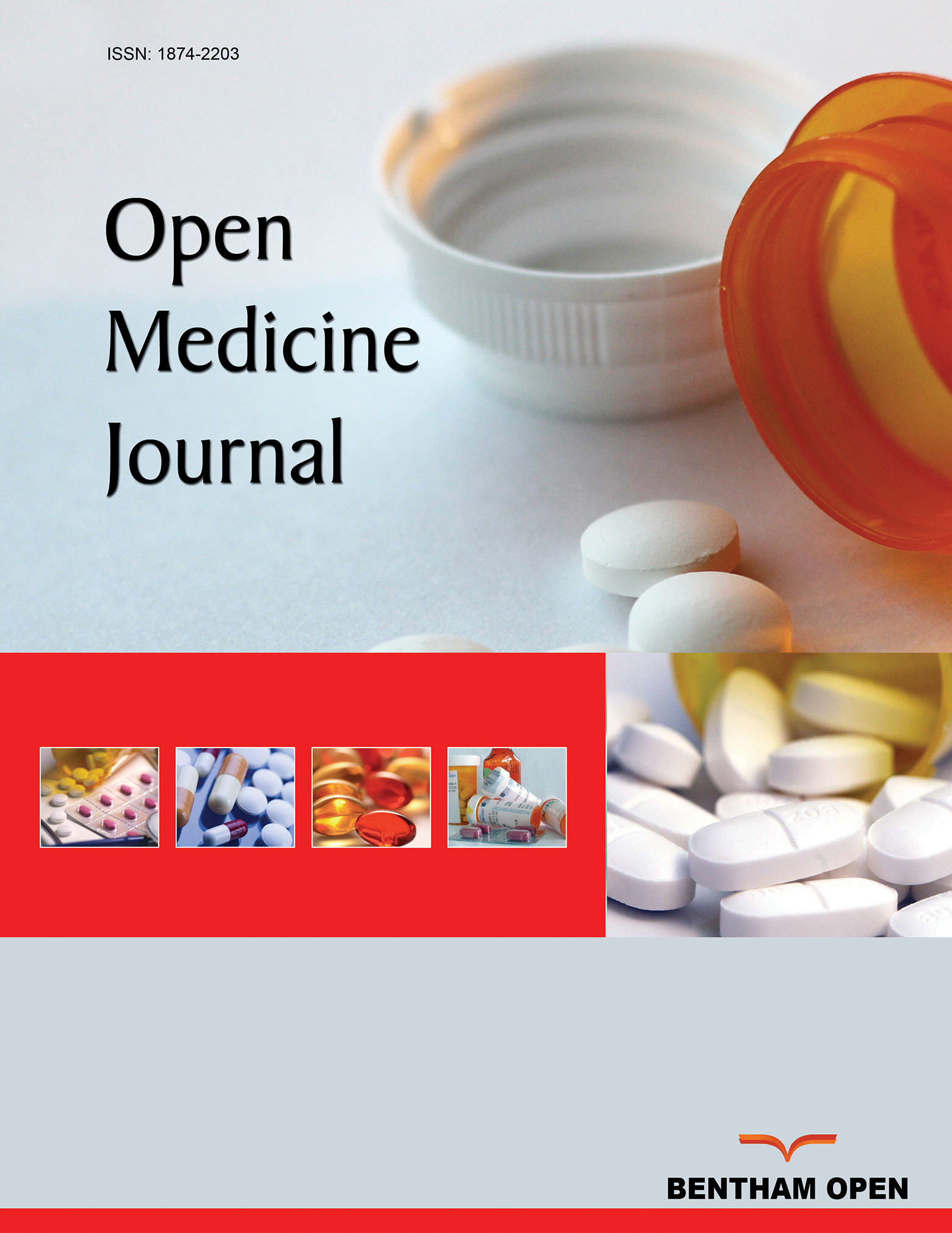All published articles of this journal are available on ScienceDirect.
Impact of Pharmacotherapy Optimization on Health-related Quality of Life in a Long-term Follow-up Program for Patients with Heart Failure
Abstract
Background
Heart failure (HF) is a complex clinical syndrome that impacts a patient's health and quality of life (QoL). Pharmacological management, especially therapy that adheres to established clinical guidelines on patients' health status and QoL, reduces mortality and hospitalization of HF patients and ejection fraction (HFrEF).
Objective
This study aimed to evaluate changing health-related quality of life (HRQoL) and medication prescription in patients with HF during a long-term monitoring program.
Methods
This observational analysis included 118 HF patients who were discharged from the Department of Cardiology after an episode of decompensated HF (ICD-10 code I50). HRQoL was observed using the Minnesota Living with Heart Failure Questionnaire (MLHFQ). Patients were divided into two groups. Group I (N=71, 60.2%) had a decrease in MLHFQ scores of more than 10 points, and group II (N=47, 39.8%) had stable or less than 10-point increases in MLHFQ scores.
Results
In group I, there was a statistically significant decrease in the use of angiotensin-converting enzyme inhibitors (ACEI), an increase in the administration of angiotensin receptor-neprilysin inhibitors (ARNI), and the optimal use of renin-angiotensin-aldosterone system (RAAS) inhibitors. This group demonstrated substantial improvements in HRQoL across emotional, physical, and social domains. In contrast, group II exhibited suboptimal usage of RAAS inhibitors and modest improvements in HRQoL.
Conclusion
The optimization of medication therapy, including the transition to ARNIs and comprehensive RAAS inhibition, in group I (lower mean LVEF, higher proportion of NYHA class III-IV) contributed to substantial improvements in HRQOL. In contrast, the suboptimal usage of RAAS inhibitors in group II (higher mean LVEF, lower proportion of NYHA class III-IV) may have contributed to the modest HRQOL improvements observed in this group.


